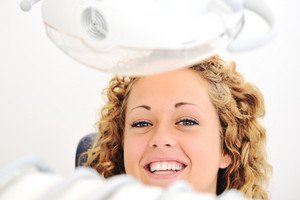Acne is not a fungus, but it can be caused by several factors such as hormonal imbalances, genetics or poor skin care. Acnezine and Doxycycline are two popular acne treatments that have different side effects, efficacy levels and costs.
Is Acne a Fungus?
No, acne is not a fungal infection. It’s a common skin condition characterized by pimples, blackheads, whiteheads, and cysts. Acne usually appears on the face, neck, back, chest, and shoulders. The exact cause of acne isn’t known, but it may be due to an increase in male hormones called androgens during puberty. Hormone fluctuations throughout life also play a role in adult acne. Other causes include heredity, diet, stress, certain medicines like birth control pills, and cosmetic products that block pores.

What is the Best Acne Med?
There are many effective acne meds available over-the-counter (OTC) and prescription. OTC options include benzoyl peroxide, salicylic acid, and azelaic acid. Prescription drugs include antibiotics like doxycycline, tetracycline, erythromycin, and clindamycin; retinoids like adapalene, tazarotene, and tretinoin; and hormonal therapy with spironolactone or birth control pills. Each drug has its own benefits and risks, so consult your dermatologist for personalized advice based on your specific needs and medical history.
How to Treat Adult Acne on Forehead and Chest
Adult acne can be challenging to treat because it often involves multiple areas of the face and body. To target forehead breakouts, use a gentle cleanser and moisturizer without irritating ingredients like fragrance or alcohol. Apply spot treatment containing salicylic acid or benzoyl peroxide directly onto blemishes at night before bedtime. For chest acne, consider using a topical cream or lotion formulated specifically for this area. Avoid harsh exfoliators and heavy oils that can worsen inflammation and scarring. Consistent use of any acne medication takes time to see results, so don’t give up too soon!
Which On-Spot Treatment Works Best for Cystic Acne Under Breast
Cystic acne under breast requires special attention since it can lead to permanent scars if left untreated. Look for on-spot treatments containing high concentrations of active ingredients like benzoyl peroxide, sulfur, resorcinol, or salicylic acid. These compounds help dry out and kill P. acnes bacteria responsible for causing acne lesions. Consider applying these treatments after showering when the skin is still damp to enhance absorption. If you experience sensitivity or irritation, discontinue use immediately and switch to another product. Seek professional guidance from a dermatologist for more severe cases of cystic acne.

[…] mentioned earlier, acne and rashes share some similarities but they are distinct conditions requiring separate approaches. […]